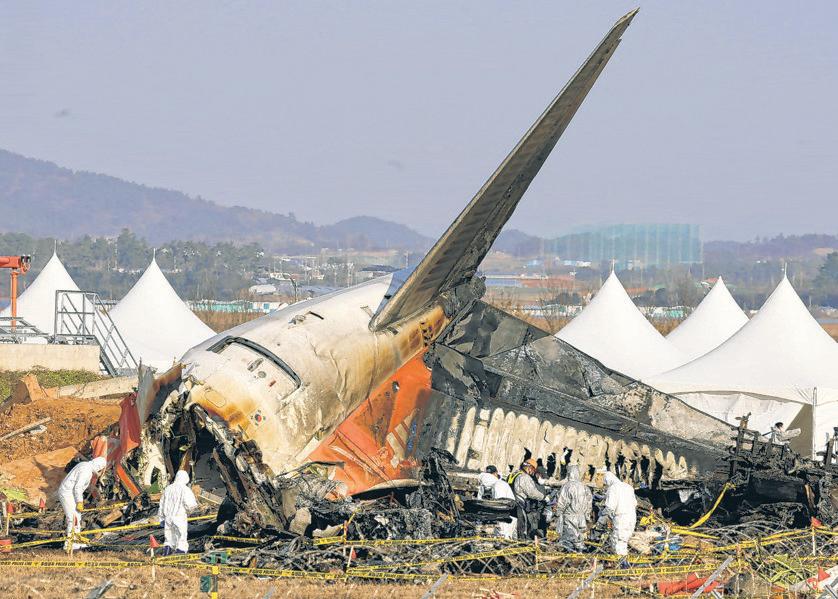
Investigators assessing the survivability of a plane crash focus on five factors: integrity of the aircraft, effectiveness of safety restraints, G-forces experienced by passengers and crew, the environment inside the aircraft and postcrash factors such as fire or smoke.
The National Transportation Safety Board deems a crash "survivable" if the forces transmitted to occupants don't exceed the limits of human tolerance and the structure of the aircraft surrounding the occupants remains largely intact. A crash is deemed non-survivable when the G-forces are so great, the body can't withstand the punishment.
This story is from the {{IssueName}} edition of {{MagazineName}}.
Start your 7-day Magzter GOLD free trial to access thousands of curated premium stories, and 9,000+ magazines and newspapers.
Already a subscriber ? Sign In
This story is from the {{IssueName}} edition of {{MagazineName}}.
Start your 7-day Magzter GOLD free trial to access thousands of curated premium stories, and 9,000+ magazines and newspapers.
Already a subscriber? Sign In